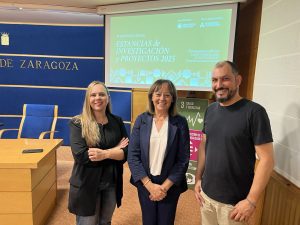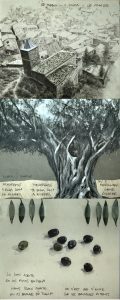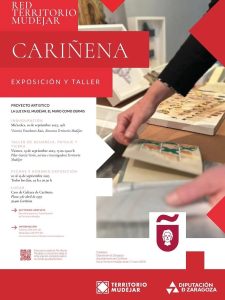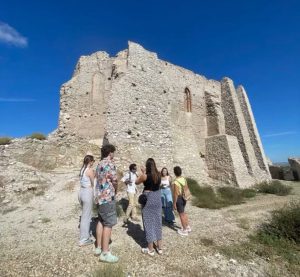
January brings us a special interview with the director of Territorio Mudéjar, Victoria Trasobares, in the latest issue of Nsencia, in which we take a closer look at the work of the organisation.
“We work on designing and developing strategies and implementing projects designed from a deep understanding of heritage resources as part of the development of rural communities and their inhabitants. We work in dispersed and sparsely populated places and with tailor-made models It’s no use copying what has been successful elsewhere, because it’s not the same to manage heritage in a town of 700,000 inhabitants as in another town of 100″, explains Victoria Trasobares.
And when asked if we still have a lot to know, he says: “Of course. The monuments and the context in which they are located influence the development of the communities and the territory. It is more necessary than ever to continue researching, but incorporating new visions, showing the work processes, the results, the people behind them and the proximity to the field”.
“We have launched 45 projects, 23 of which have arisen from the Gonzalo M. Borrás Gualis research stays and projects, an example of innovation inside and outside Spain. This initiative implements actions in pilot mode and offers results in research, communication and development-investment-financing. As an example, we have studied topics such as materials and techniques from the permanence of the trade, the conservation of buildings from the design of new uses while respecting historical uses, the communication of heritage and its social function, education and digitisation,” explains Victoria Trasobares.
How can projects be made to have an impact on the territory?
“With constant work, thinking strategically to highlight the uniqueness of our localities from the heritage point of view and looking for common lines of work. We try to connect with all the economic activities of the territory, generating high quality dynamics applied through professional networks. Perhaps our best skill is to find people with a forward-looking approach, who work in the medium or long term without losing sight of the present,” he adds.
One of your main actions to raise awareness of the Mudejar style has been the “Rutas Territorio Mudéjar, viaje a la belleza” (Mudejar Territory Routes, a journey to beauty). What does this temporary journey offer?
“The project is an example of the vision we have of heritage and its use for tourism. They are heritage routes to cultivate the spirit and to show a cultural leisure designed to suit the localities we visit, counting on the people. With our trainees, we are looking for a way to connect with new audiences. In this way, travellers find a heritage shown by professionals, with very careful logistics and personalised attention”.



